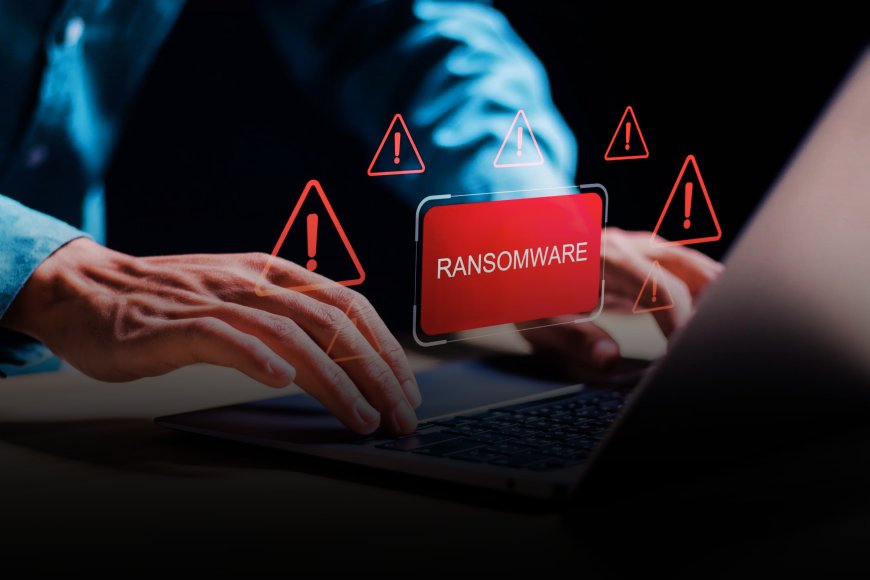A New Cyber Threat Spreads Without Internet—Even Offline Systems Are No Longer Safe
A new offline ransomware threat is targeting systems via USB drives, encrypting files without internet access. Even air-gapped devices are vulnerable, making awareness and prevention crucial.

Online threats like phishing emails, malware-infected websites, or fake links are the first things that come to mind when we think of cybercrime. But what if the internet wasn't even necessary for a devastating cyber-attack? The ability of the new ransomware strain Mamona to infect and encrypt files entirely offline has raised concerns among cyber security specialists.
What makes Mamona different?
The majority of ransomware attacks require internet access.To obtain encryption keys or transmit stolen data, they establish connections with remote servers under the control of hackers. Mamona operates in a different way. It is not required to communicate with any server. After execution, it begins encrypting files with encryption keys generated on the victim's PC.
"Mamona generates encryption keys locally, making it effective even in air-gapped or isolated systems, challenging the belief that offline environments are inherently secure," noted Neehar Pathare, MD of 63SATS Cybertech.
For businesses that depend on "air-gapped" computers (device that is completely isolated from the internet or any external network to enhance security) and this is what makes Mamona especially risky. Mamona is capable of bypassing conventional network-based surveillance technologies by functioning offline, which makes detection very difficult.
Ways Mamona spreads without the Internet
Mamona employs a more physical strategy in contrast to online ransomware, which spreads through phishing emails or malicious links. It spreads via external hard drives, USB devices, and other removable media.
"Everything Mamona needs to lock your files is built into the malware itself," says cybersecurity specialist Shubham Singh. The ransomware silently launches and begins encrypting data as soon as a user plugs in a compromised USB or drive; internet access is not required.
Mamona frequently bypasses antivirus protection by using autorun scripts or hidden files.If employees unintentionally connect compromised devices, even systems that are isolated from networks may be vulnerable. This emphasizes how crucial it is to use precaution while using physical devices like pen drives and portable storage in addition to internet security.
What Happens After Infection?
After activating, Mamona encrypts files and displays a ransom note, typically requesting that the victim contact the attacker using a different device (such as a smartphone). Even QR codes or email instructions for payment are included in some ransom notes.Without paying the ransom, the victim is left without access to their files, which can be terrible for companies who don't have sufficient backups.
How you can defend against offline threats
- Use antivirus software that works even without internet connectivity.
- Avoid using unknown USBs or drives from untrusted sources.
- Be alert to signs like renamed or inaccessible files.
- Keep all systems updated with the latest patches and firmware and educate people about risks of offline threats.
Staying one step ahead of offline threats
Cybercriminals are evolving, finding new ways to exploit even the most isolated systems.Mamona serves as a reminder that cybersecurity is not just about internet safety but also about physical device management. With awareness, regular backups, and careful handling of external devices, you can protect yourself and your organization from even the stealthiest ransomware attacks.
Information referenced in this article is from The Indian Express







